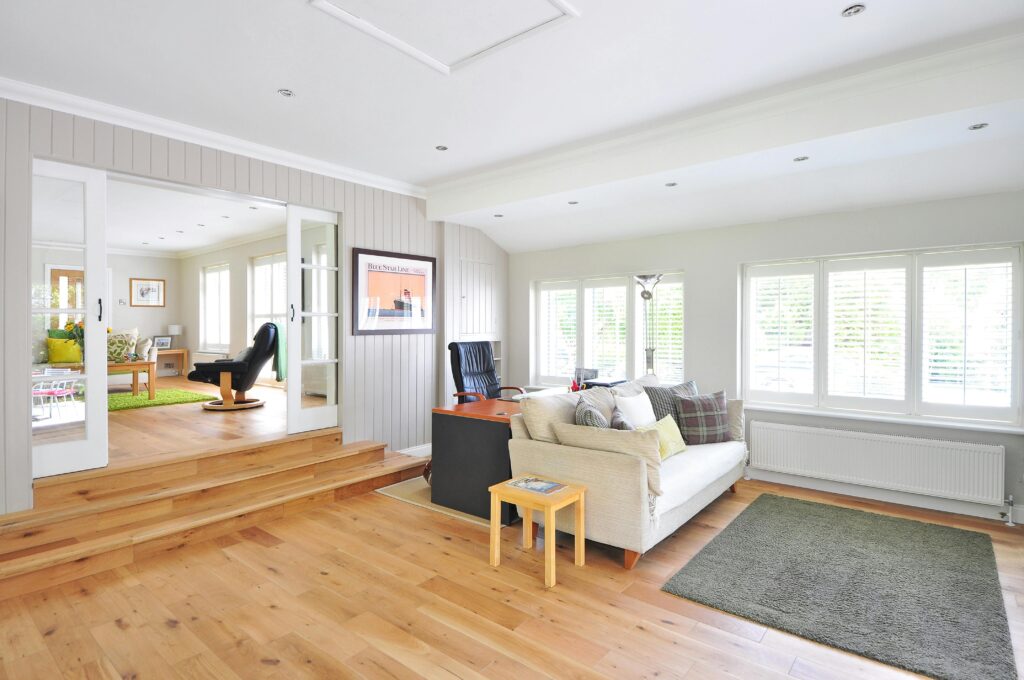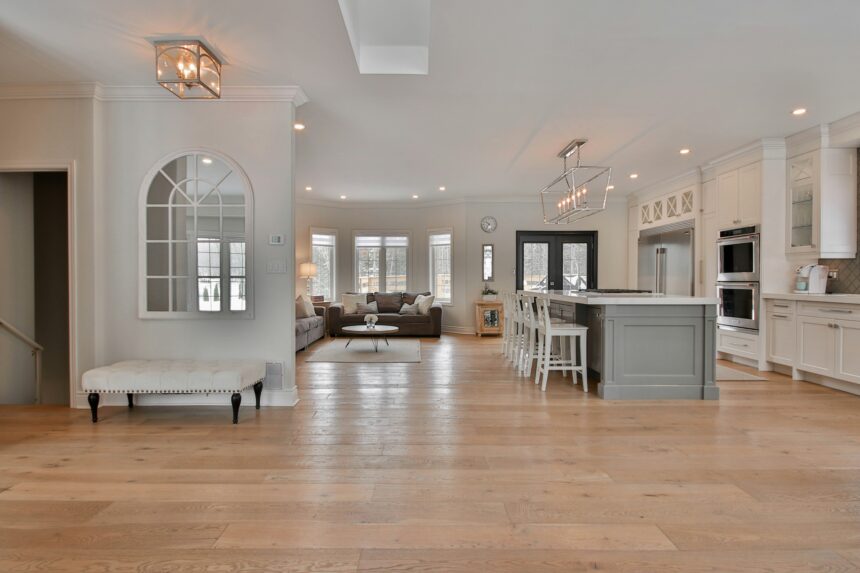The flooring in our homes is the sturdy stage on which our lives unfold—a foundation for our daily experiences and a canvas for personal style. Whether you’re renovating your current space or building a new one, the choices you make about what goes underfoot are significant. From withstanding the wear and tear of everyday life to setting the ambiance for each room, your flooring materials are vital to your home’s functionality and aesthetic.
Here, we bring you insights from seasoned renovation specialists to guide you through the process of selecting the perfect flooring. With these six expert tips, you can not only streamline your decision-making but also ensure that the flooring you choose is the best fit for your lifestyle, your home, and your budget.
1. Understand the Role Your Lifestyle Plays
When it comes to flooring, one style does not fit all. The first, fundamental consideration is your lifestyle. Do you have pets or children running about? Are you an avid entertainer or more of a cozy homebody? Different lifestyles demand different levels of durability and maintenance.
For homes with pets, durable and scratch-resistant materials such as tile or laminate can be invaluable. Families with small children may prefer softer options like carpets in play areas. On the other hand, hardwood or luxury vinyl planks are generally easy to maintain, making them ideal for those who value a low-maintenance lifestyle.
2. Consider Moisture and Your Flooring Choice
Moisture is the enemy of many flooring types, causing warping, mold, and sometimes even a complete need for replacement. Kitchens, bathrooms, and basements are the areas in your home most susceptible to moisture.
In these spaces, look for materials like ceramic or porcelain tiles, which are impervious to water. Engineered wood or certain types of laminates also work well, offering more resilience than solid hardwood against moisture damage.
3. Think Long-Term with Quality and Sustainability
Flooring is a long-term investment, and the cost of choosing a cheaper, lower-quality option can quickly add up over time in the form of repairs and replacements. Opting for sustainable flooring not only benefits the environment but also ensures healthier indoor air quality for your family.
Look for certifications from organizations like the Forest Stewardship Council (FSC) or the Leadership in Energy and Environmental Design (LEED). Materials such as bamboo, cork, or reclaimed wood fit the bill as eco-friendly and durable options.
4. Harmonize Your Flooring with Your Home’s Aesthetic
Your flooring sets the tone for the entire design of your home. It can make a small space feel larger, a dark room seem brighter, or add both warmth and character to a minimalist design.
Consider the overall aesthetic you’re trying to achieve. If you take a look at the Valencia Flooring Company, you’ll see that there are different materials that can complement different styles. For a traditional look, hardwood or stone tiles may be ideal, while for a more contemporary feel, sleek and modern materials like concrete or polished concrete may work best.
5. Take Comfort into Account
In certain rooms, like the bedroom and living room, comfort is key. Hard surfaces can be chilly and uncomfortable, especially during the cold winter months. Here’s where the comfort of carpet, or the warmth of cork or linoleum, steps in.
Radiant floor heating can also be a game-changer, making even the most luxurious stone tiling warm to the touch. For those looking to maximize comfort, this might be a worthwhile addition to their flooring considerations.
6. Factor in Installation and Maintenance Costs
The cost of the flooring itself is just one piece of the puzzle. Installation and maintenance will also impact your long-term budget.
Some materials, like natural stone, require professional installation, which can be quite costly. On the other hand, products like luxury vinyl planks often come with click-and-lock installation systems that can make them suitable for a DIY project.
Maintenance costs should also be weighed. For example, while hardwood flooring may require refinishing over time, the carpet will need regular professional cleaning. Factoring in these ongoing expenses will give you a more comprehensive understanding of your flooring’s total cost of ownership.

By incorporating these six expert tips into your decision-making process, you can approach the task of flooring selection with clarity and confidence. Your home deserves a foundation that’s both functional and beautiful, and with the right approach, you’ll find the perfect flooring choice to realize your vision. Whether you’re stepping onto sleek porcelain tile or the soft plushness of wool carpet, your floors are poised to become the hallmark of your home.















